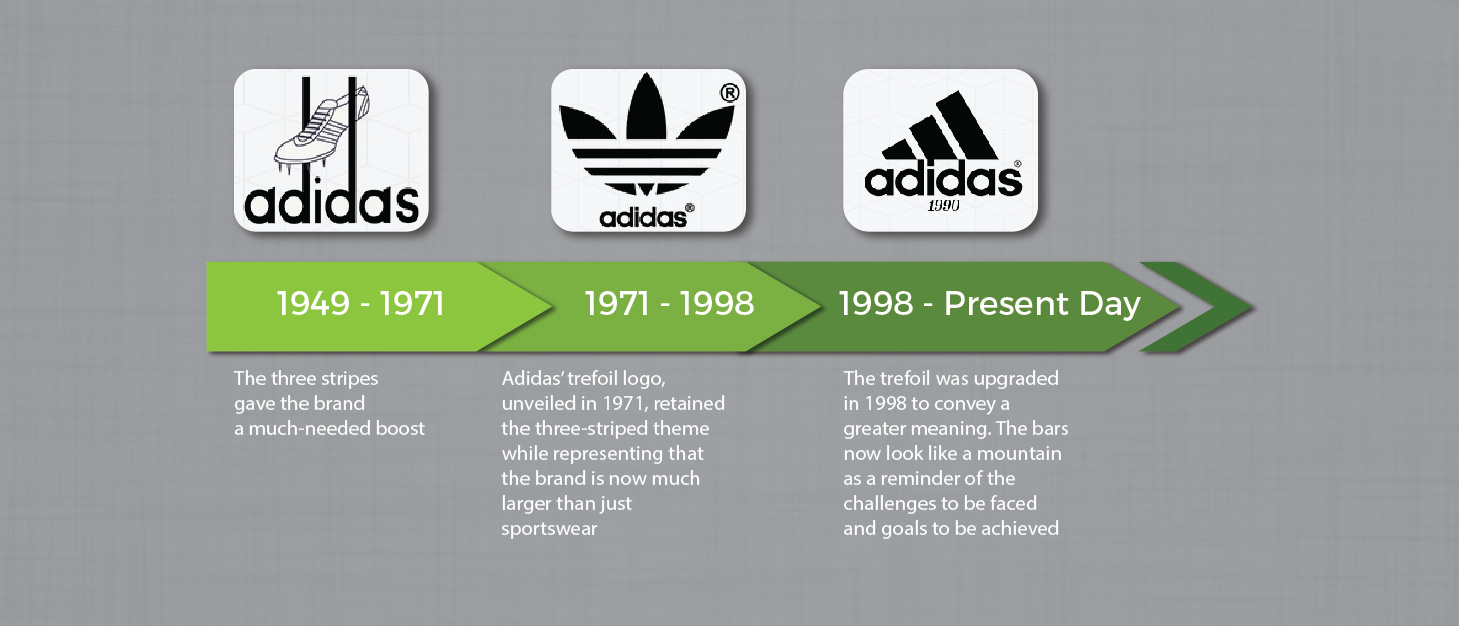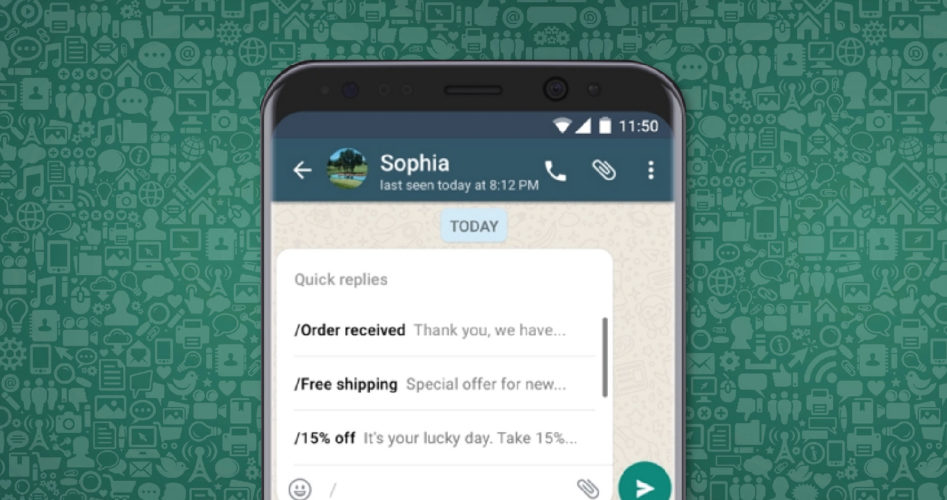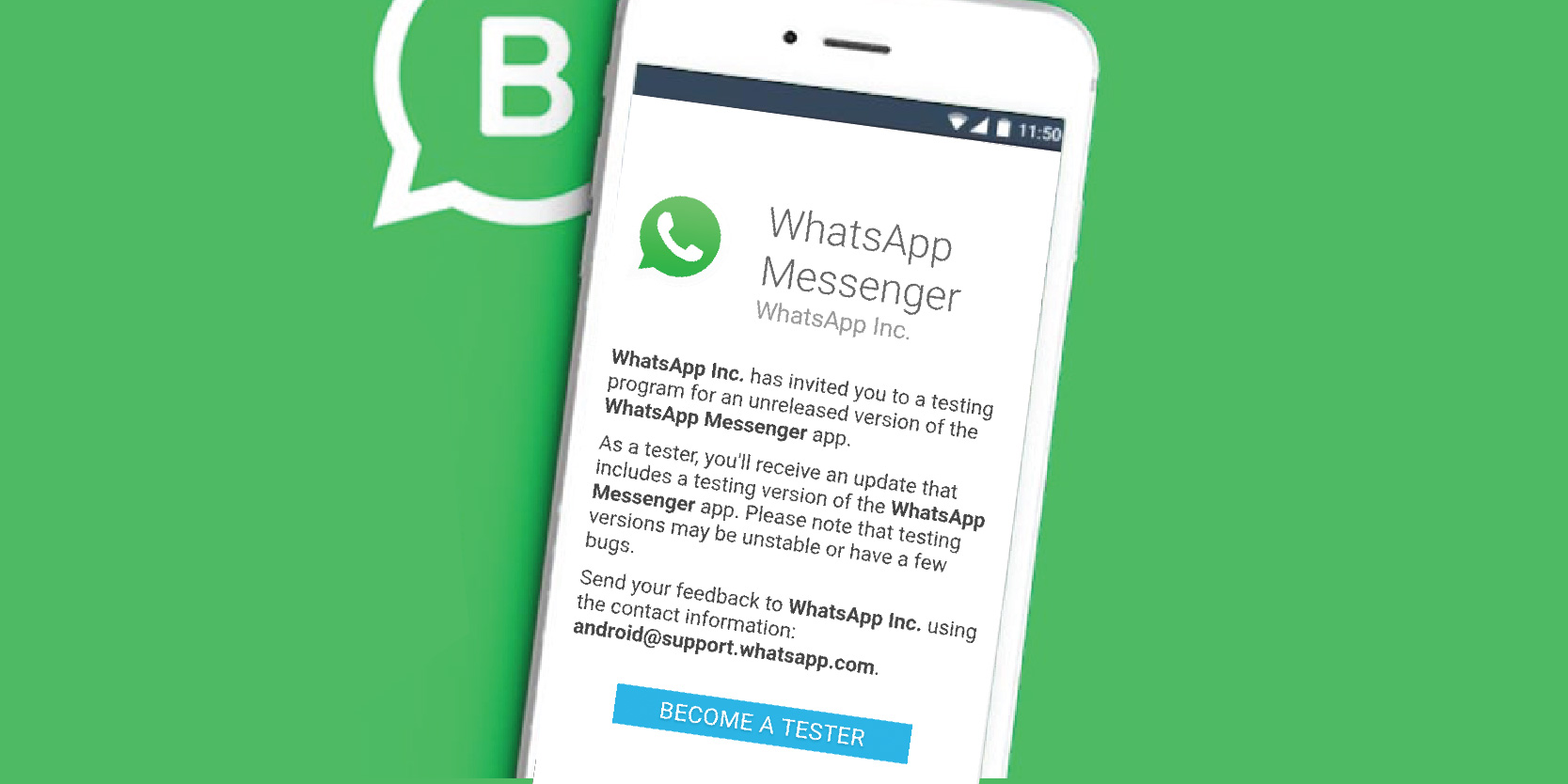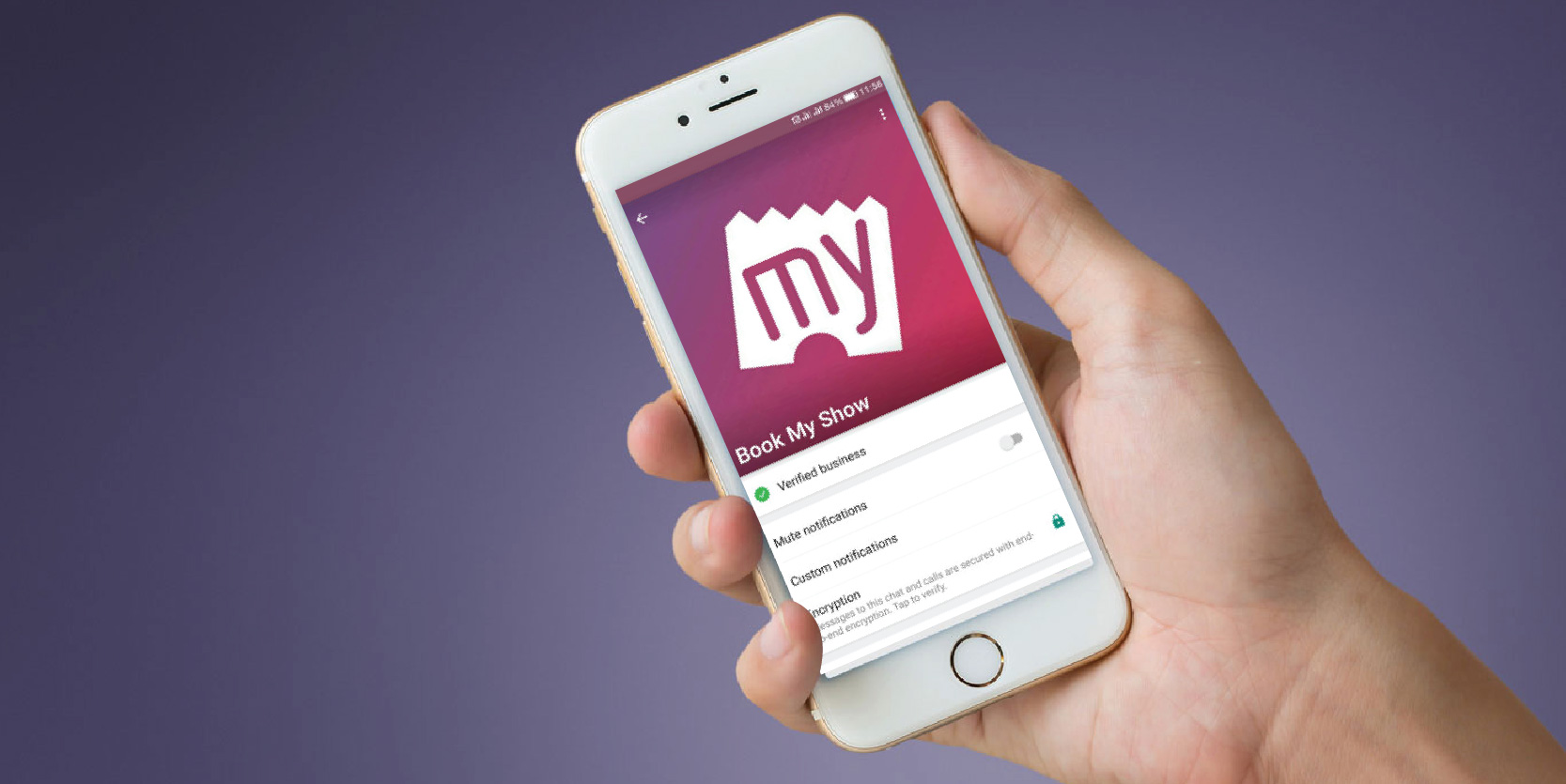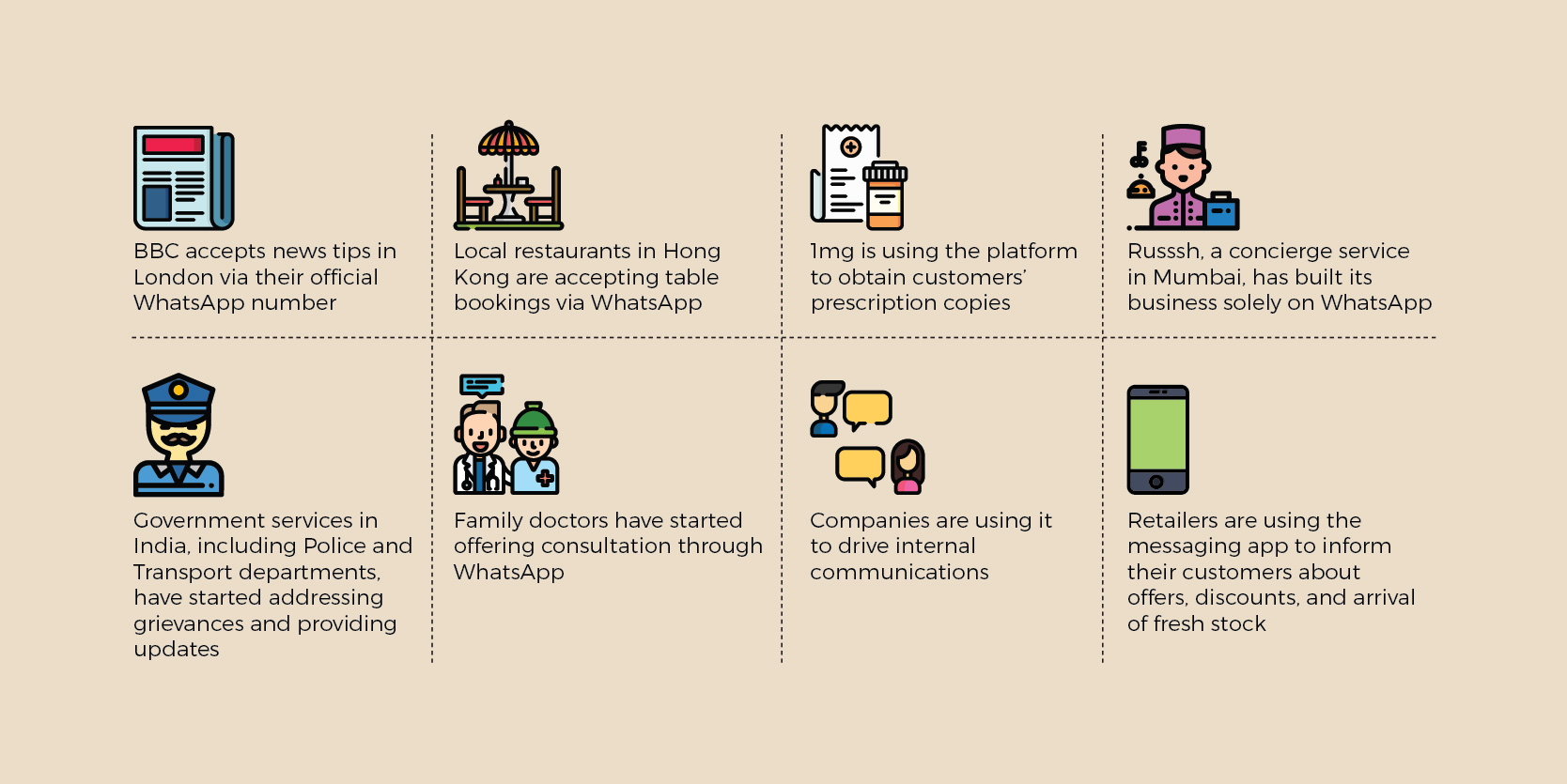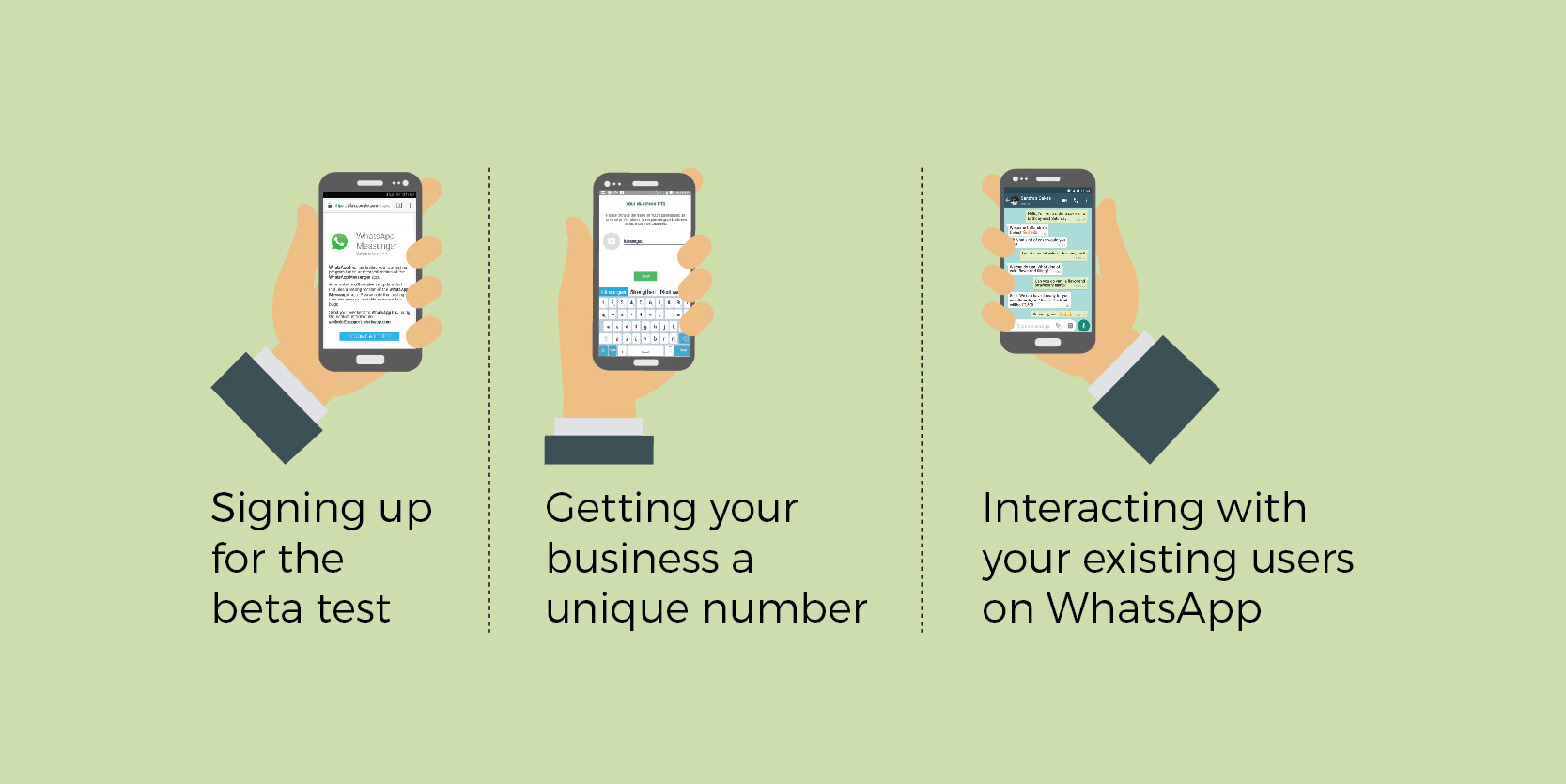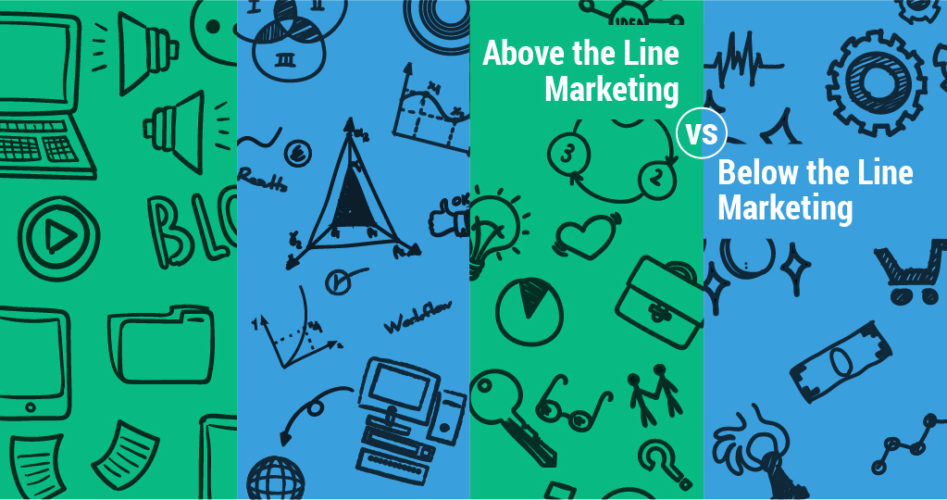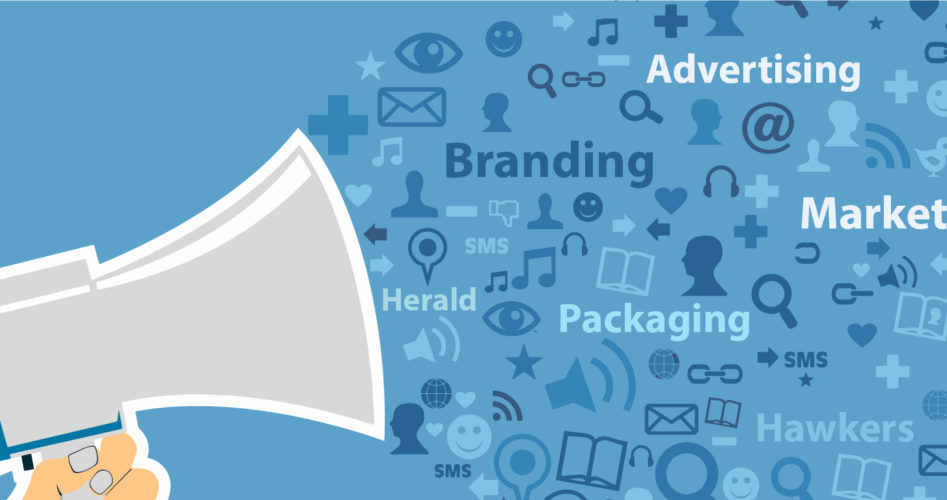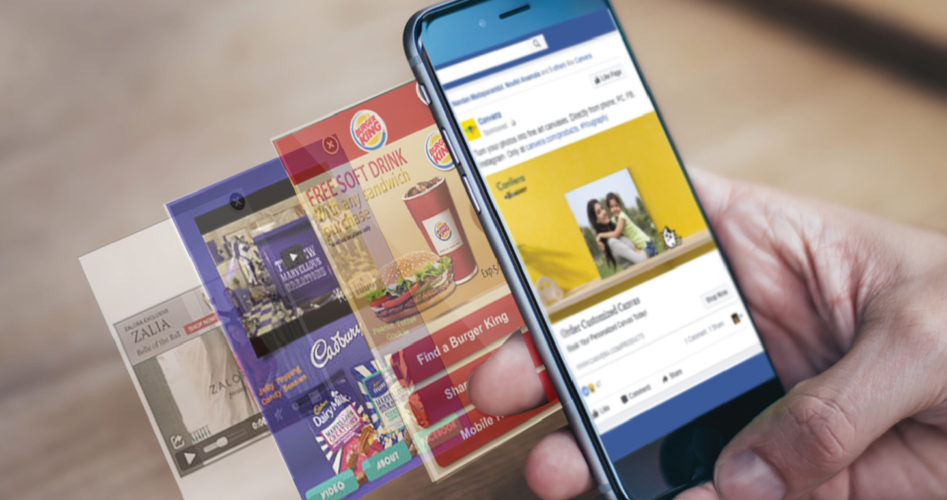What’s new in the world of Digital Marketing?
The world of Digital Marketing is constantly evolving. With the rise of mobile apps and marketing automation, even the hottest trend of today can become obsolete in just a matter of days. As a result, the only way to stay ahead of the industry is to start a trend than to chase one. To help you along this journey, we’ve put together a list of the fresh and new in the industry; after all staying updated is the first step to climbing the marketing success ladder.

Instagram collections
Social media contests on Instagram and Facebook are quite popular among brands. From Snap stories to Facebook timelines, brands have left no stone unturned when it comes to getting their message across. So how do you break the clutter and stand out?
Telecom brand Airtel seems to have the answer.
We’re talking about the brand’s #T20VillianHunt contest. The contest required users to find hidden clues in a graphical story. This requires them to use Instagram’s ‘Save to Collection’ feature to crack the code. This is one of the first instances where a brand made use of the ‘Save to Collection’ feature in a marketing contest.
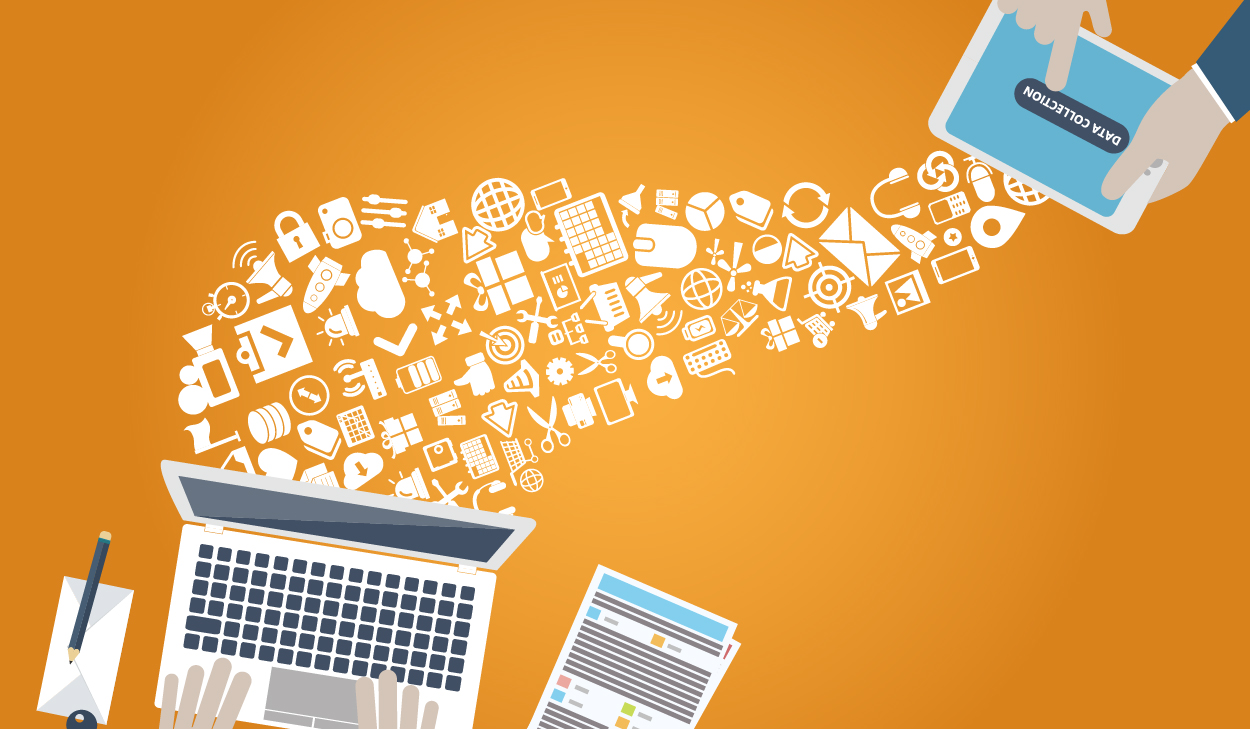
Crackdown on data collection
After Facebook’s Cambridge Analytica controversy, governments, individuals, and brands are collectively taking many stringent steps to prevent data leaks. The European Union has already implemented the General Data Protection Regulation (GDPR) as a precaution against data leaks. And any business that fails to adhere to these regulations, can be penalized severely.
We know what you’re thinking, what if my business is not based out of Europe? You would still be better off following the regulations as GDPR applies to any business that collects data from a European citizen. That’s not all, many other countries are looking at adopting similar models of regulations and it is only a matter of time before India catches up with the rest of the world.
In another situation, Apple, in its Worldwide Developer Conference (WWDC) revealed an interesting update to iOS. Apple devices will now automatically block and inform the consumers of all third-party cookies hidden in an app or a website. As a result, you will only be able to collect consumer data after getting explicit permission from the users.
These regulations are sure to impact lead generation activities or any other marketing plans that involve a third-party software helping you track consumer behavior.
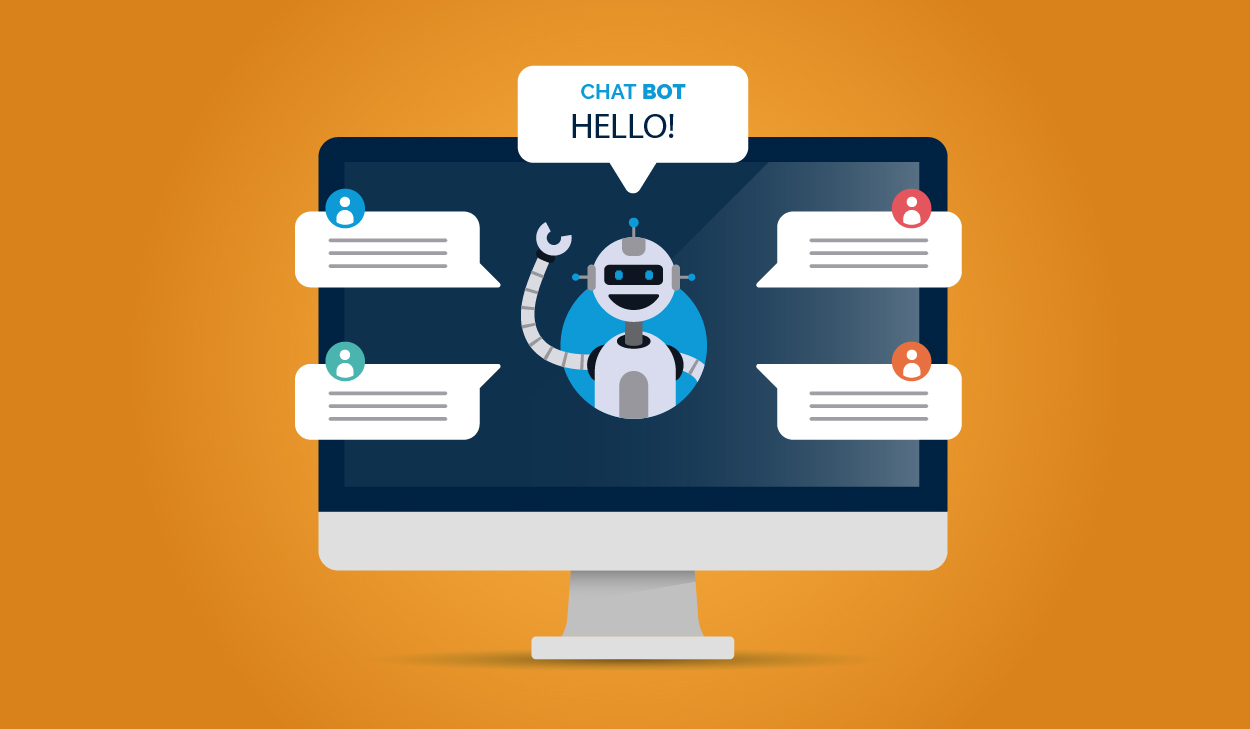
The rise of chatbots
There’s been a lot of talk over marketing automation for quite some time now and it finally looks like the era of bots is upon us. Thanks to some next-gen AI improvements, chatbots are everywhere. From Facebook Messenger to Whatsapp Business, over 71% of customer interactions today begin with a chatbot.
With this in mind, it is easy to get lost in the clutter and lose your consumer. The key here is to use bots sparingly and only target the audience groups that are comfortable interacting with a chatbot.

Tell me a story

Gone are the days when everyone would go berserk over documenting their lives in pictures. Stories are the new ‘in’ thing in social media. From Instagram to Facebook and even Whatsapp, every social mobile app today has a version of the ‘stories’ feature, borrowed from Snapchat.
Stories have extremely high number of views and interactions. It is their temporary nature that drives this by playing on your consumer’s insecurity about missing out on good content. That’s not all, with almost every brand jumping on the story bandwagon, we can be sure that stories are here to stay. And now, YouTube has unlocked a whole new world of possibilities to help you reel in new audience with YouTube Reels.
So there you have it, just keep your eyes peeled and ears glued, look for new updates and developments, strategize on how to leverage them and execute your strategy to the ‘t’. And that folks, is the simplest secret to success when it comes to digital marketing.
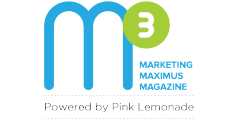
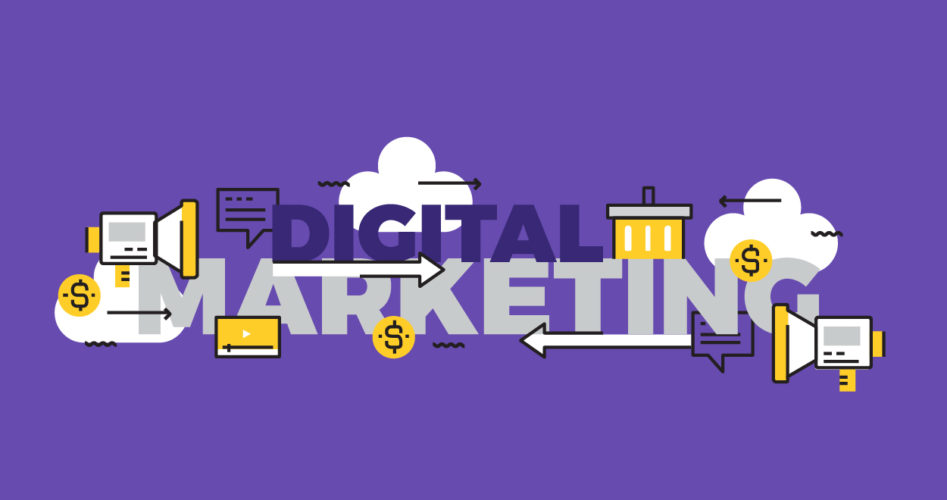
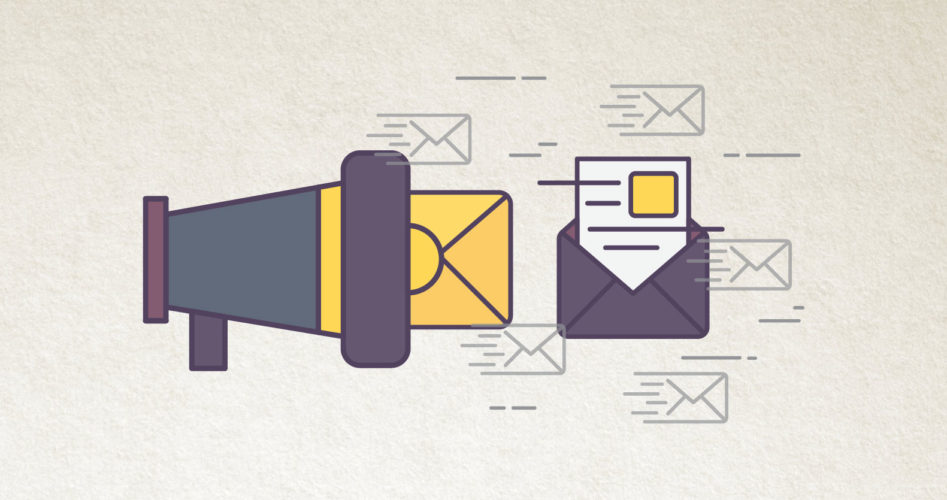


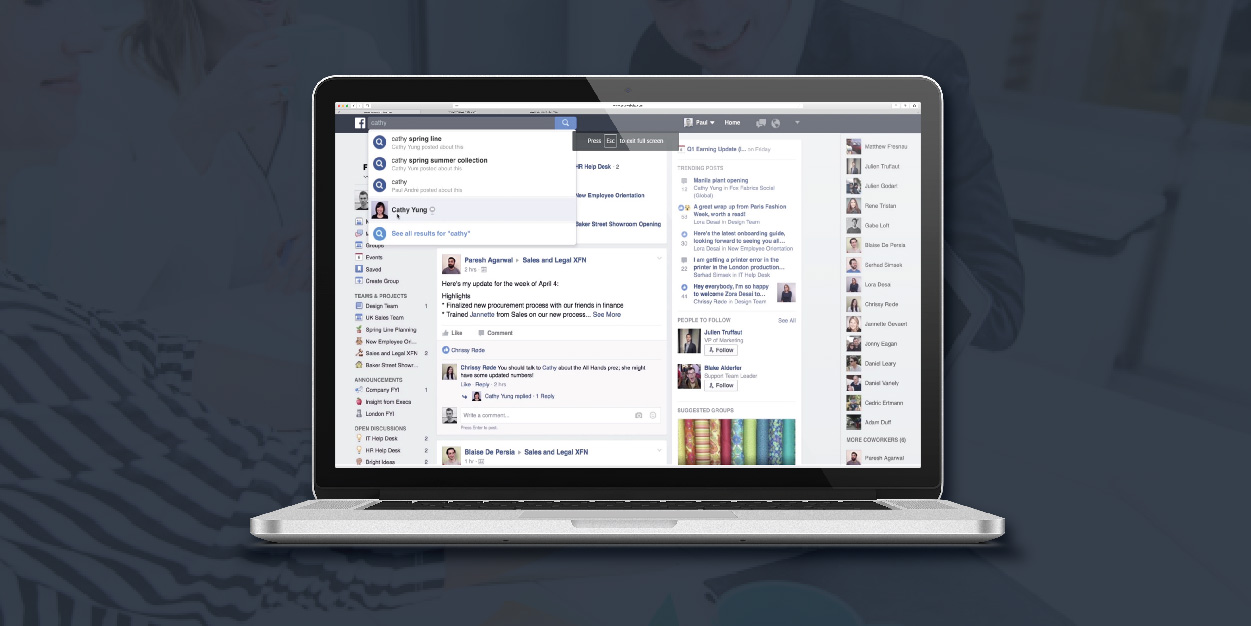
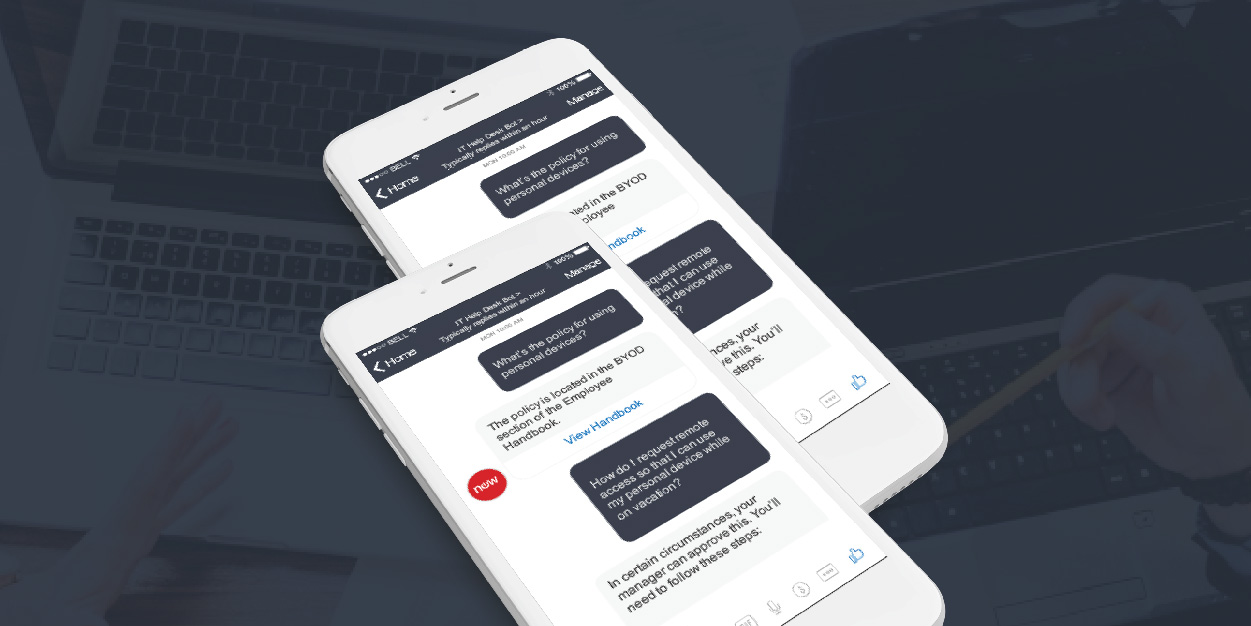

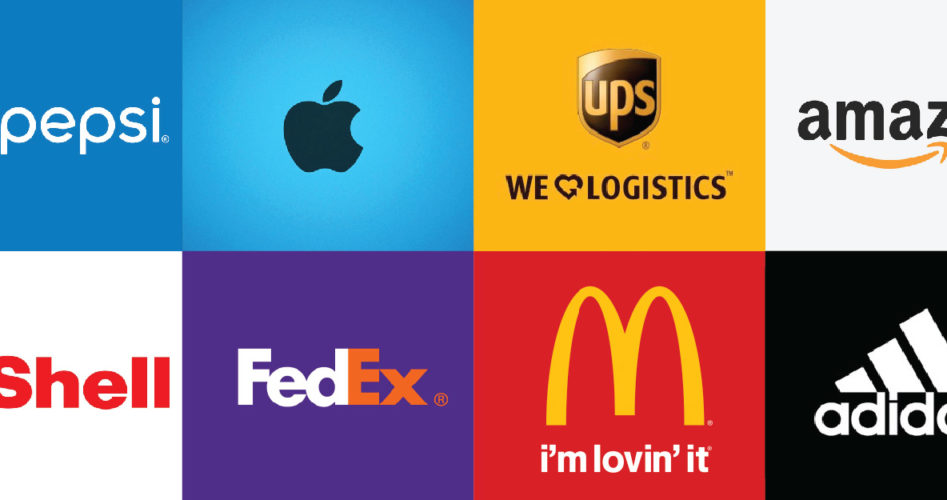
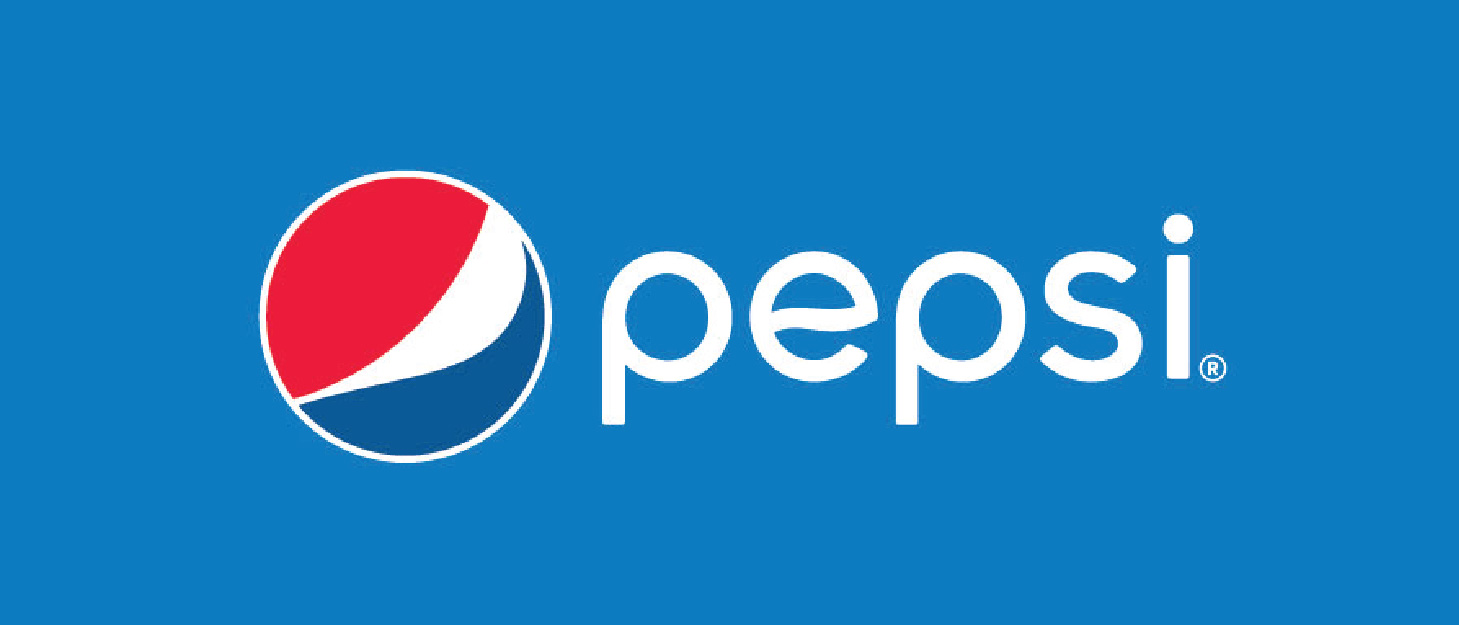 Pepsi – Changing with the times
Pepsi – Changing with the times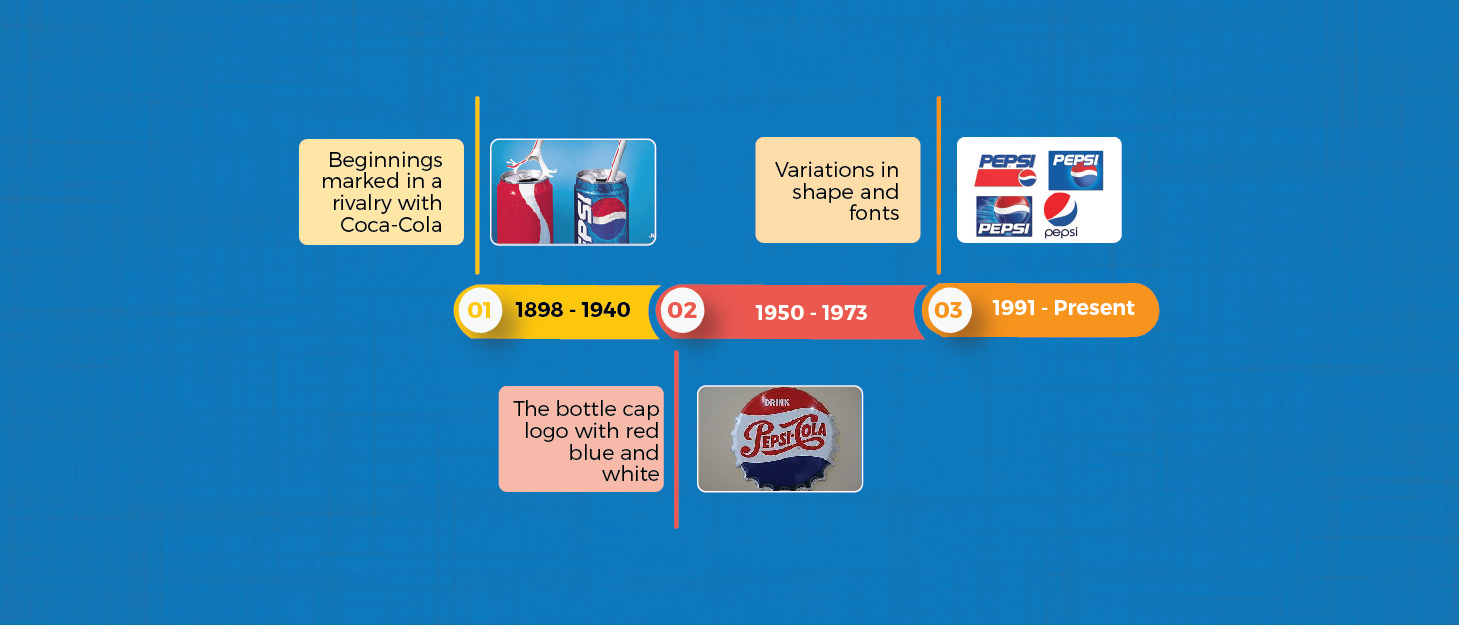
 Apple – Defining design trends
Apple – Defining design trends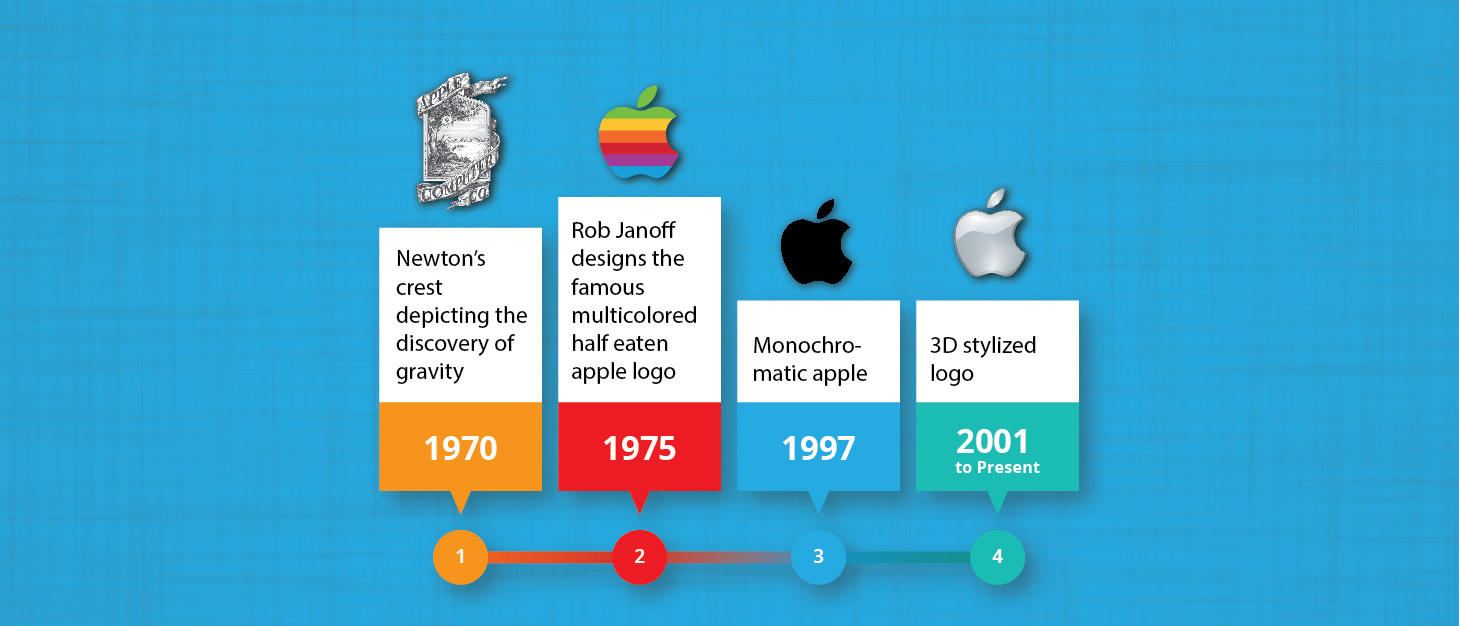
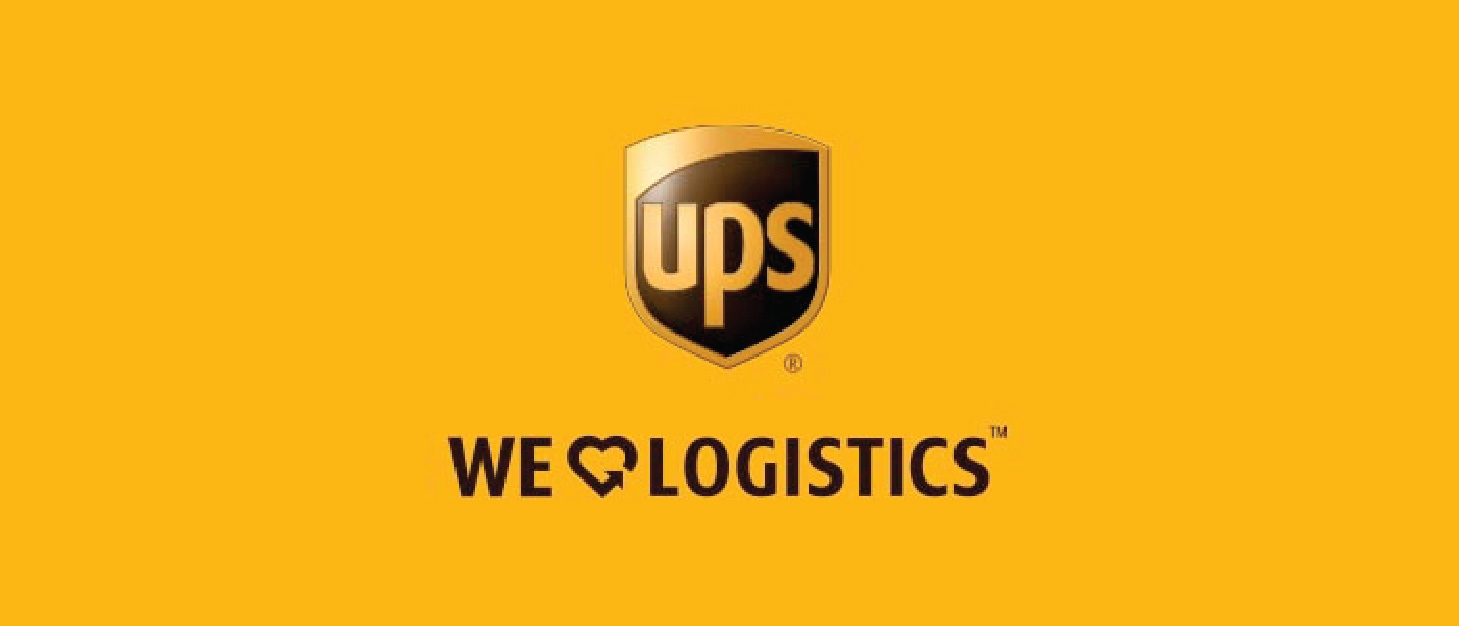 UPS – Simplicity stands out
UPS – Simplicity stands out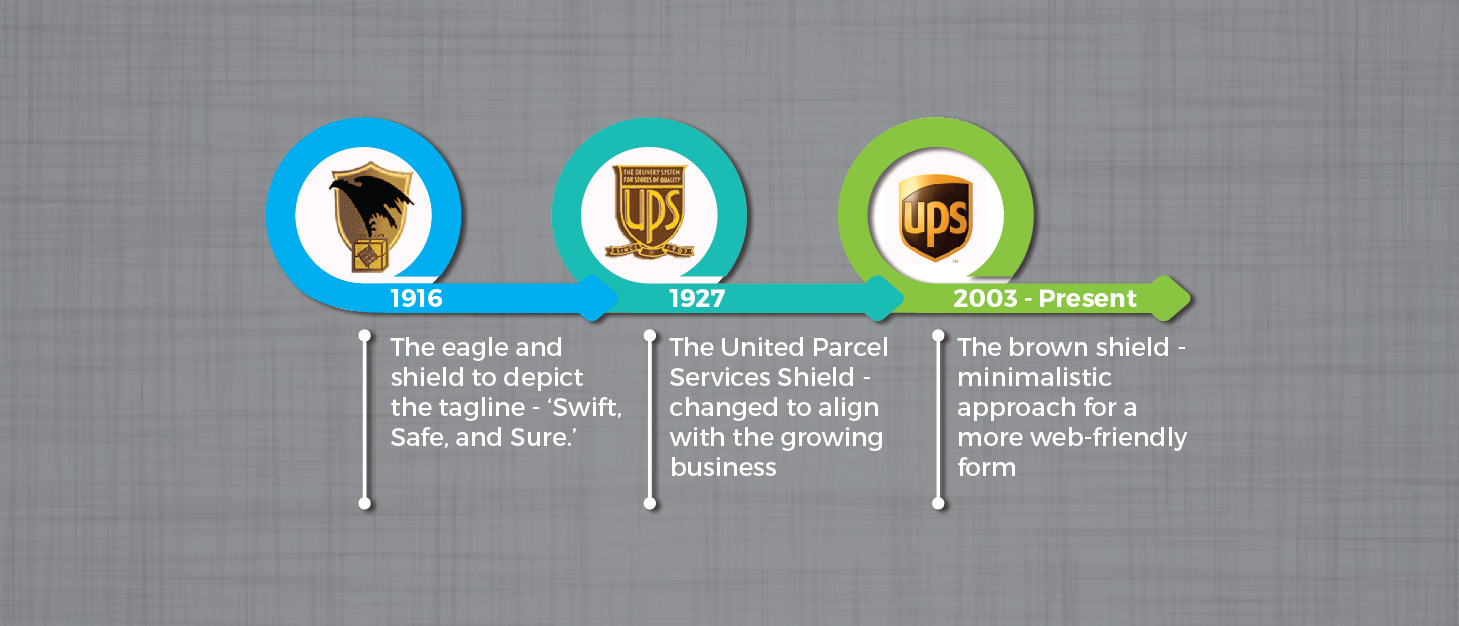
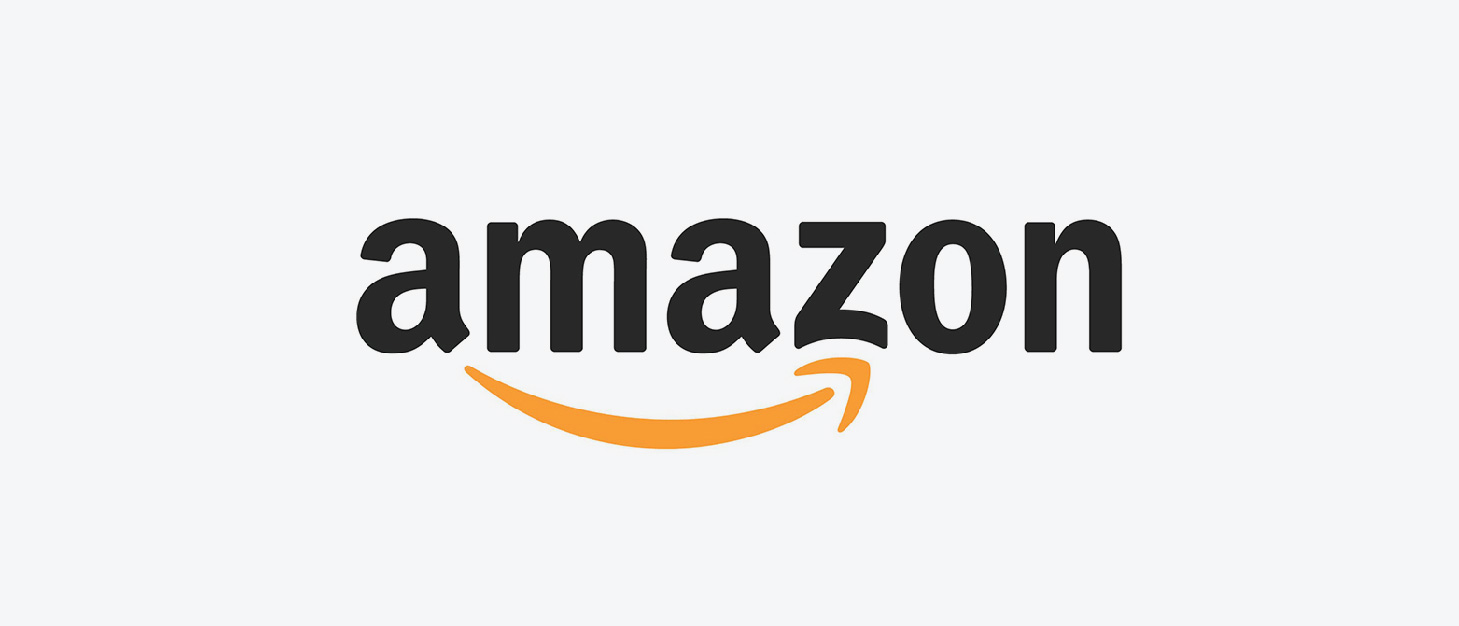 Amazon ﹘ Telling your brand story
Amazon ﹘ Telling your brand story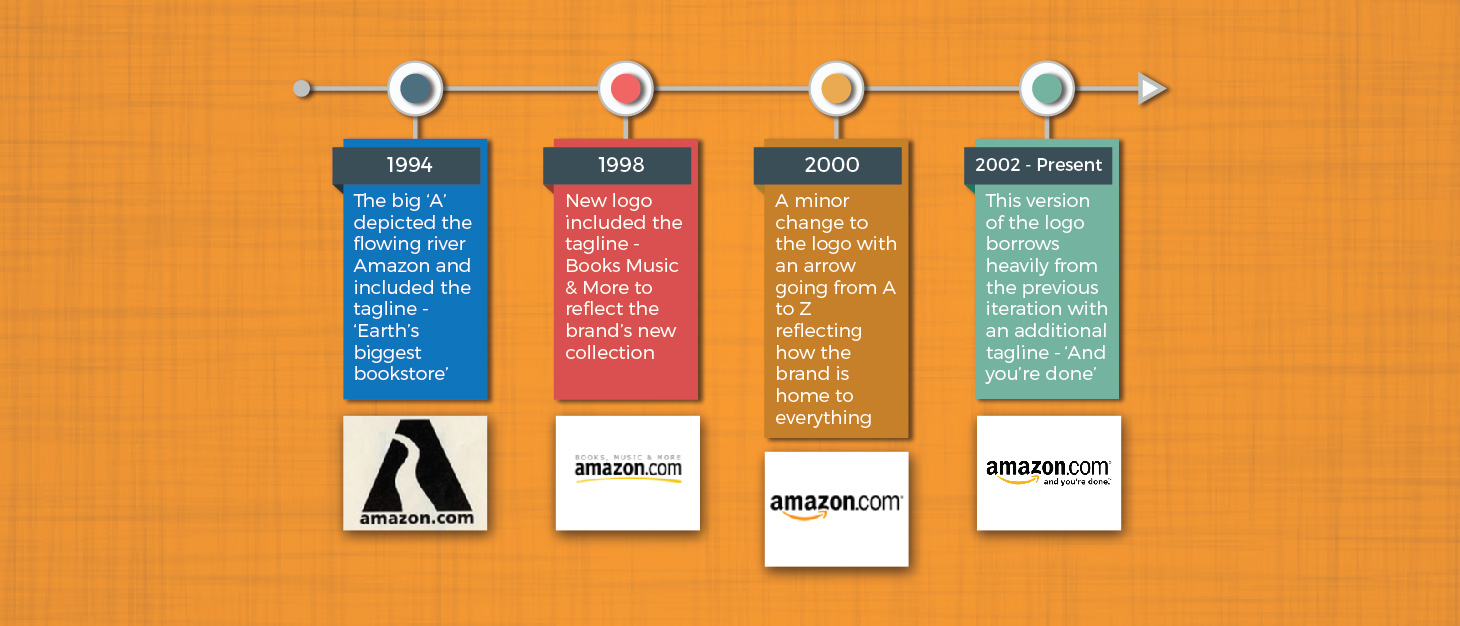
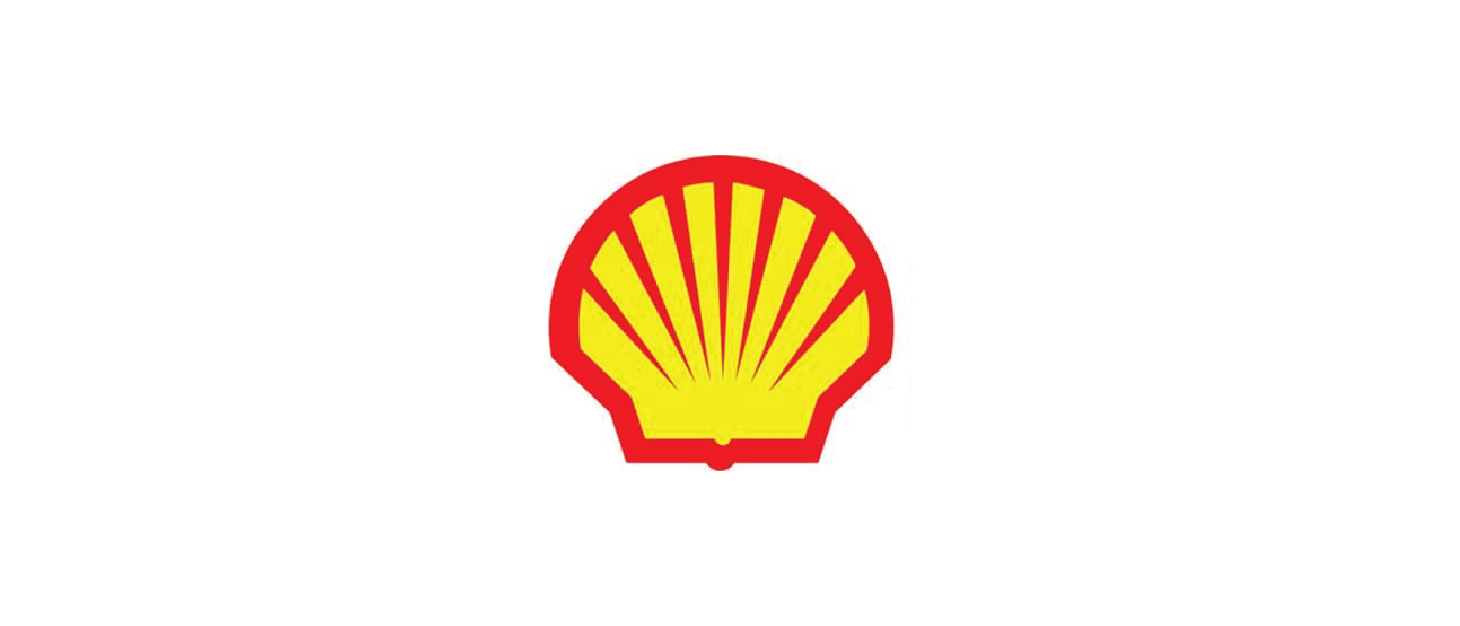 Shell ﹘ Sculpting an identity with design
Shell ﹘ Sculpting an identity with design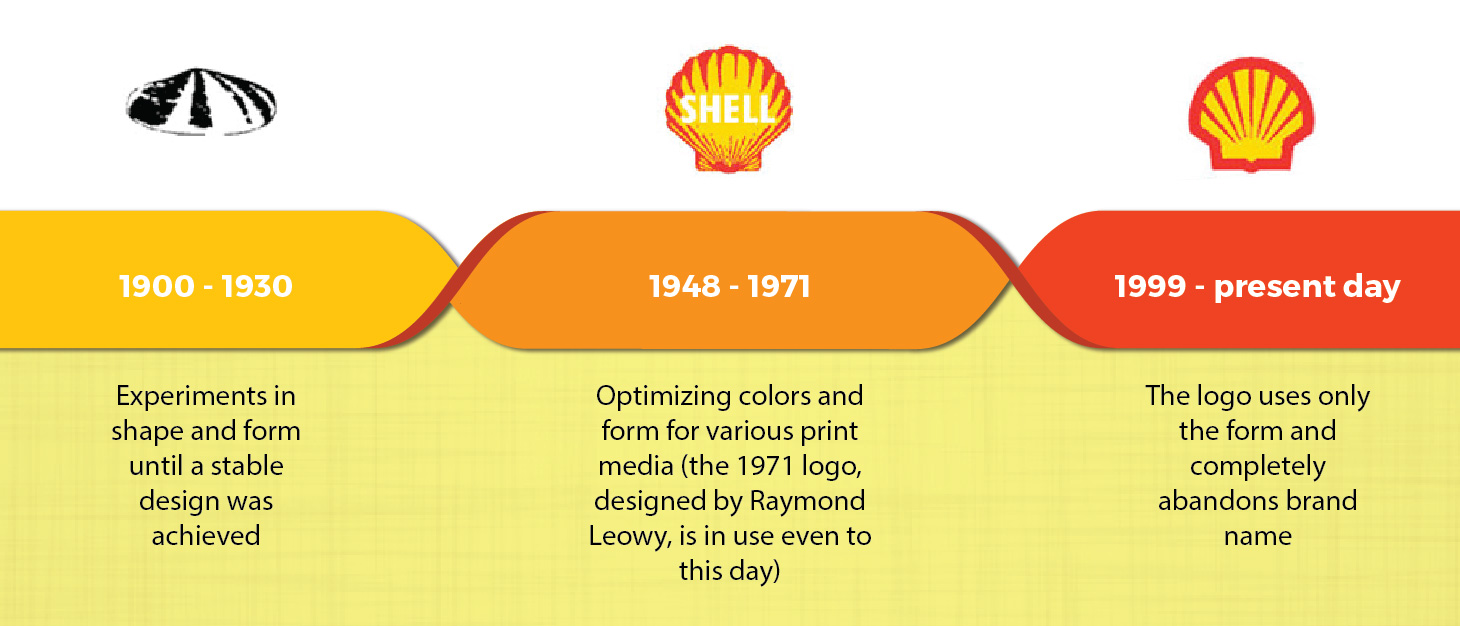
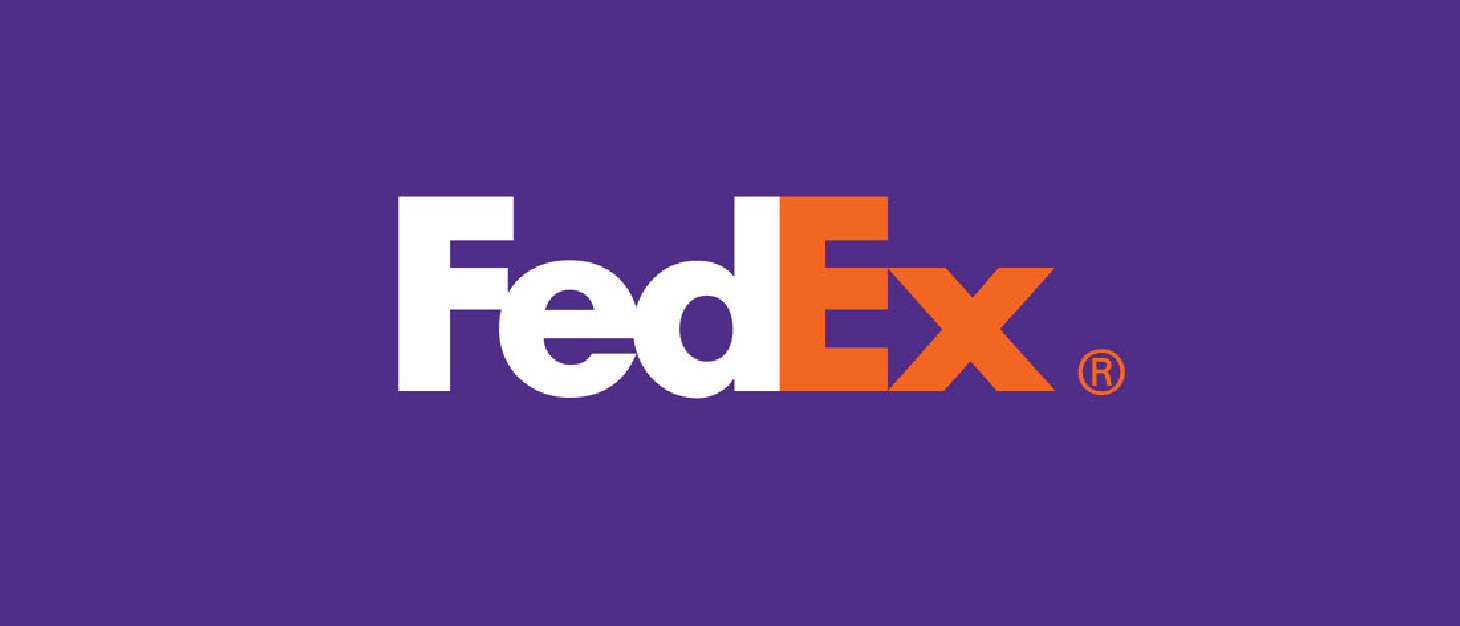 FedEx ﹘ Conveying the bigger picture
FedEx ﹘ Conveying the bigger picture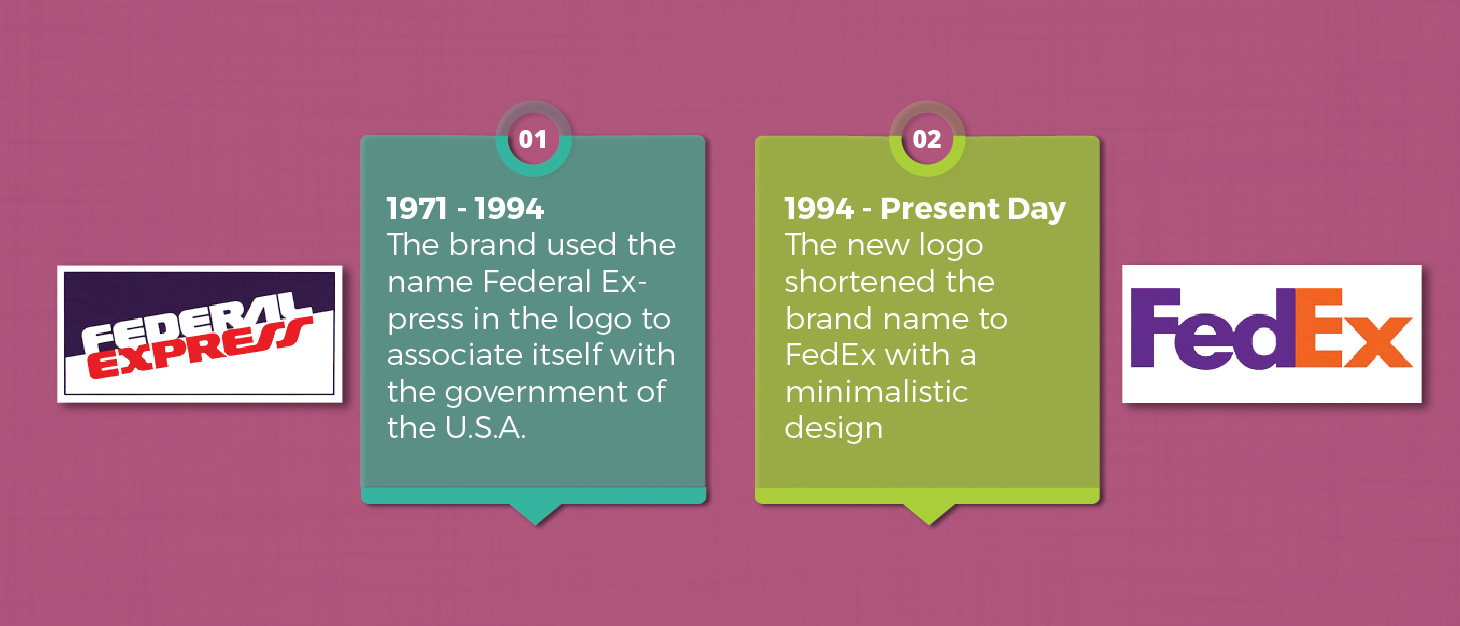
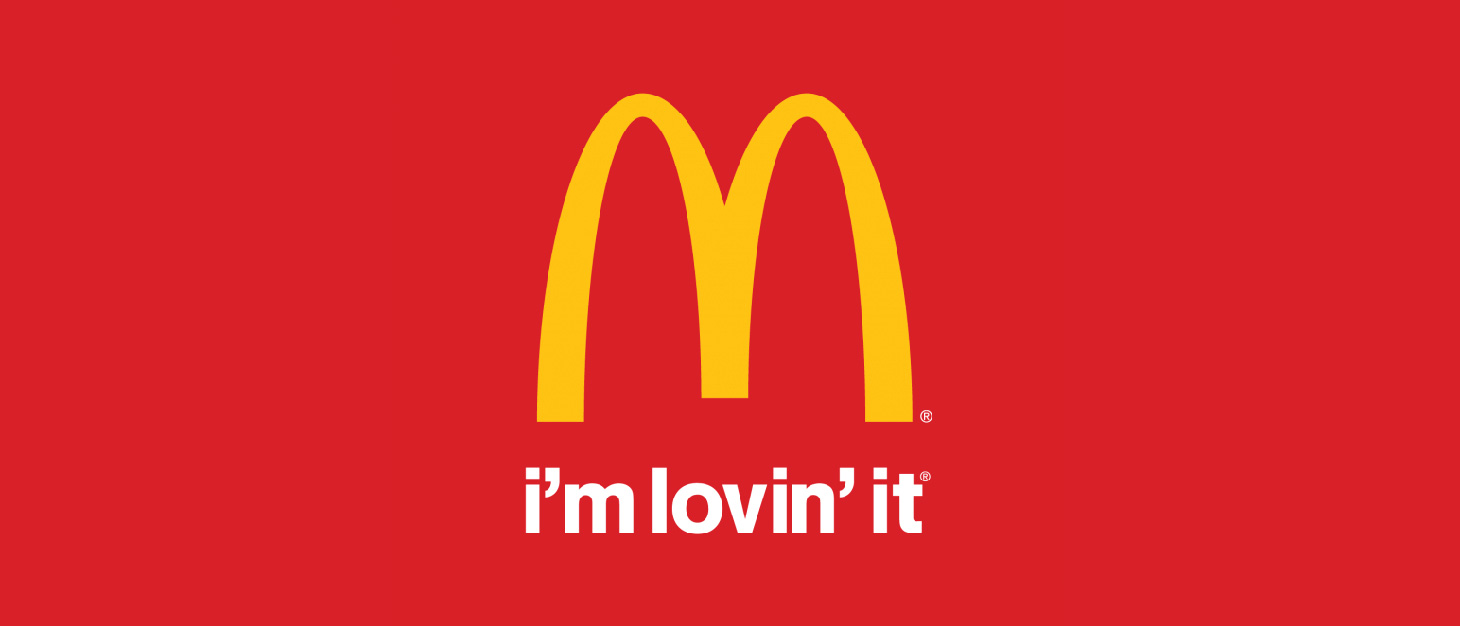 McDonald’s ﹘ Simplicity and symbolism
McDonald’s ﹘ Simplicity and symbolism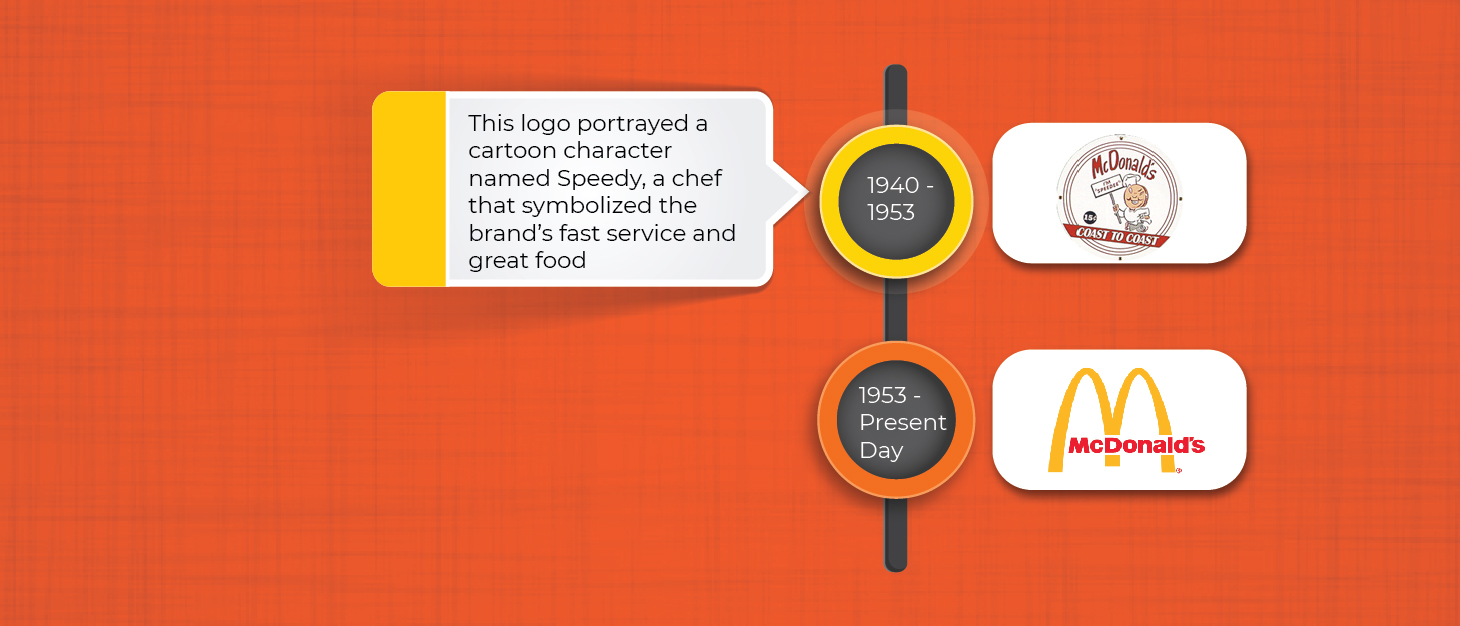
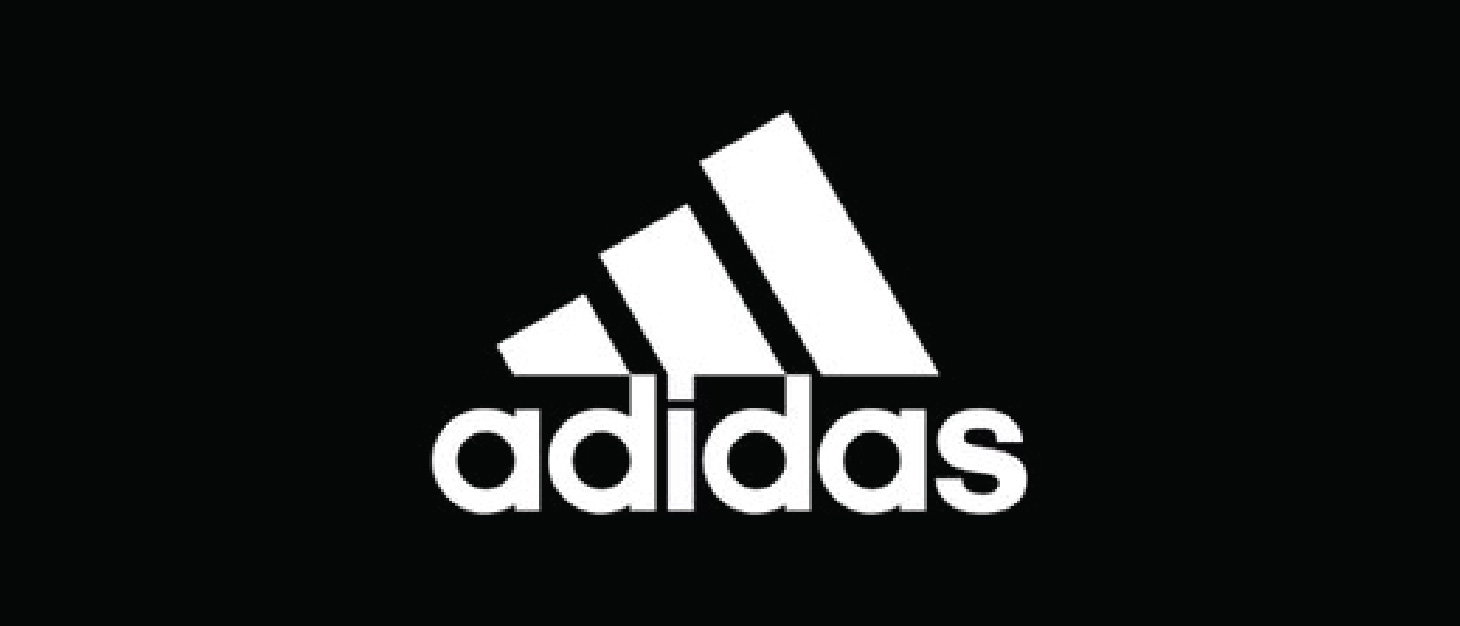 Adidas ﹘ Maintaining the basic form
Adidas ﹘ Maintaining the basic form